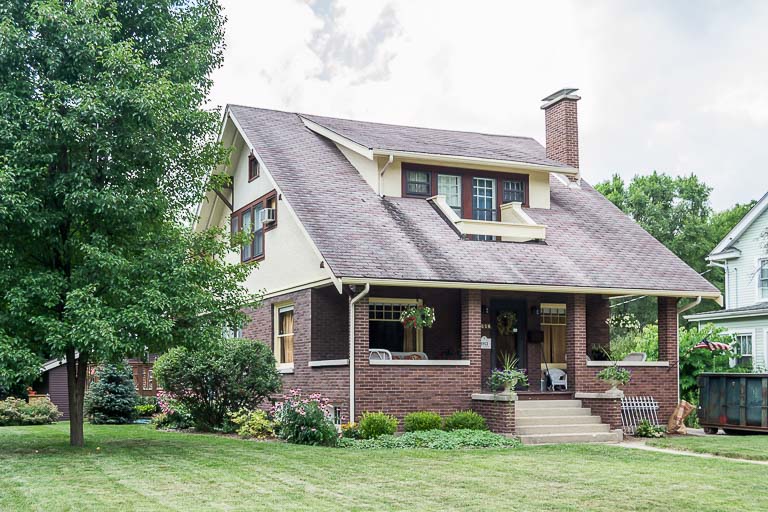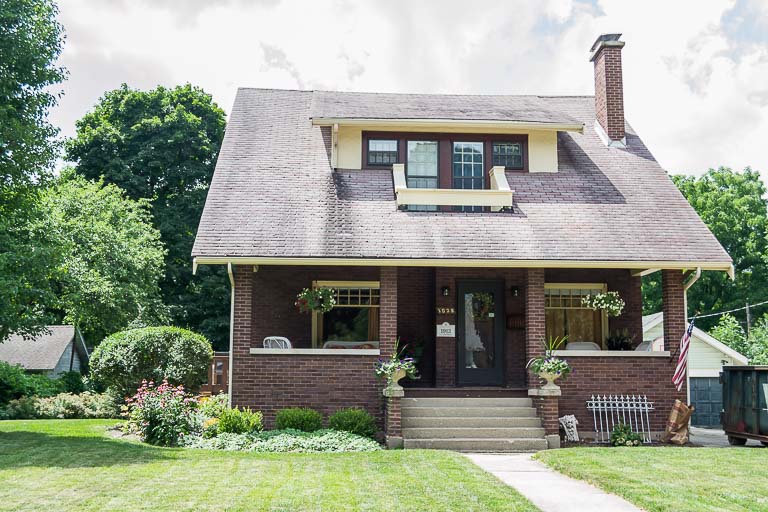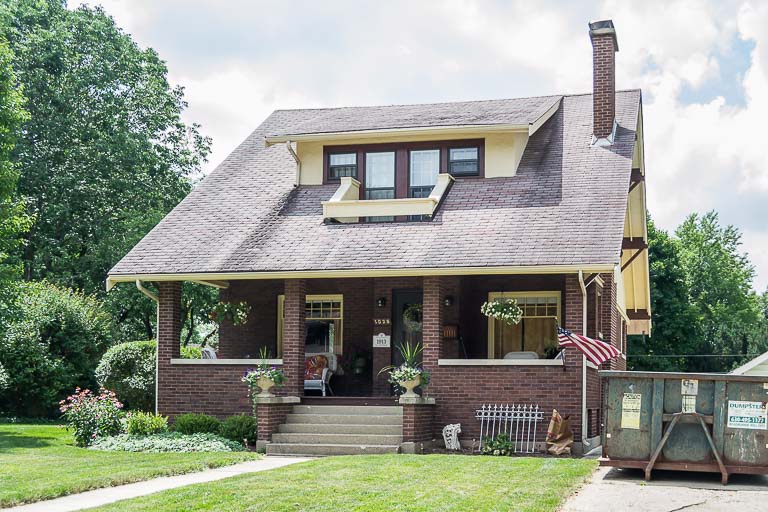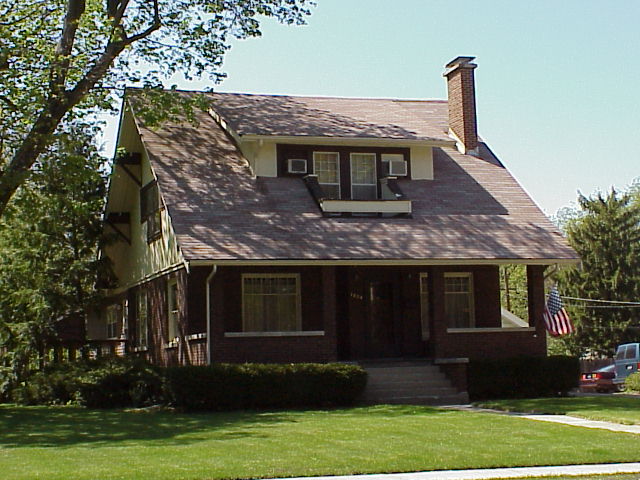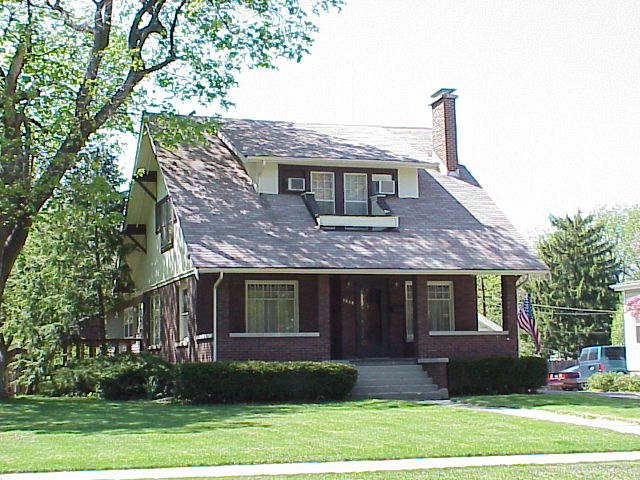1028 ST. JOHN STREET
HISTORIC SIGNIFICANCE
In 1913, Frank Stedman executed a trust deed to Sam Petersen, son-in-law of local real estate mogul Walter Rippberger, likely to build his house at 1028 St. John. In the 1915-16 directory, Stedman is listed at 1028 St. John. Years earlier, the Elgin Weekly Courier ran an article about the wedding of Frank Stedman, described as a window trimmer at Swan’s Department store.
Frank worked at Swan’s for 40 years moving up from buyer to advertising manager. Swan’s was an Elgin downtown staple even after it changed over to a Sears prior to the Sears opening in Spring Hill Mall.
Frank and Jessie had two children together, Ellinor and Harriet. In 1931 while on a trip to Colorado, Frank suffered a heart attack that took his life at 57 years old. After the death of her husband, Jessie moved out, leaving her daughters in charge of the estate.
Harvey Zimmerman, who was listed as a veterinarian in the 1933-34 City Directory, was a renter of 1028 St. John after Jessie moved out. On Valentine’s Day 1941, Ellinor Stedman Wood sold 1028 St. John to Henry and Mabel Muntz. Nineteen years later, Mabel, now widowed, made an agreement with Rose Ryburn and her daughter Ruth Carr to buy the home. In early 1969, when Mabel herself passed away, her last will and testament deeded the property to Rose and Ruth who immediately sold the property to Donald and Kay Sherman.
ARCHITECTURAL SIGNIFICANCE
1028 St. John is of the Craftsman bungalow style, popular in the first few decades the 20th century. Historic Resources in the Northeast Neighborhood lists the bungalow at 1028 St. John Street as contributing to the local history of the neighborhood. Features of the Craftsman style seen in this home include the side-gabled roof, decorative beams under the gables, wide overhanging eaves, a symmetrical façade and a full-width porch with squared supports.
TIMELINE OF PREVIOUS OWNERS
Sources: 2004 Heritage Plaque Application; Audio: TextAloud

